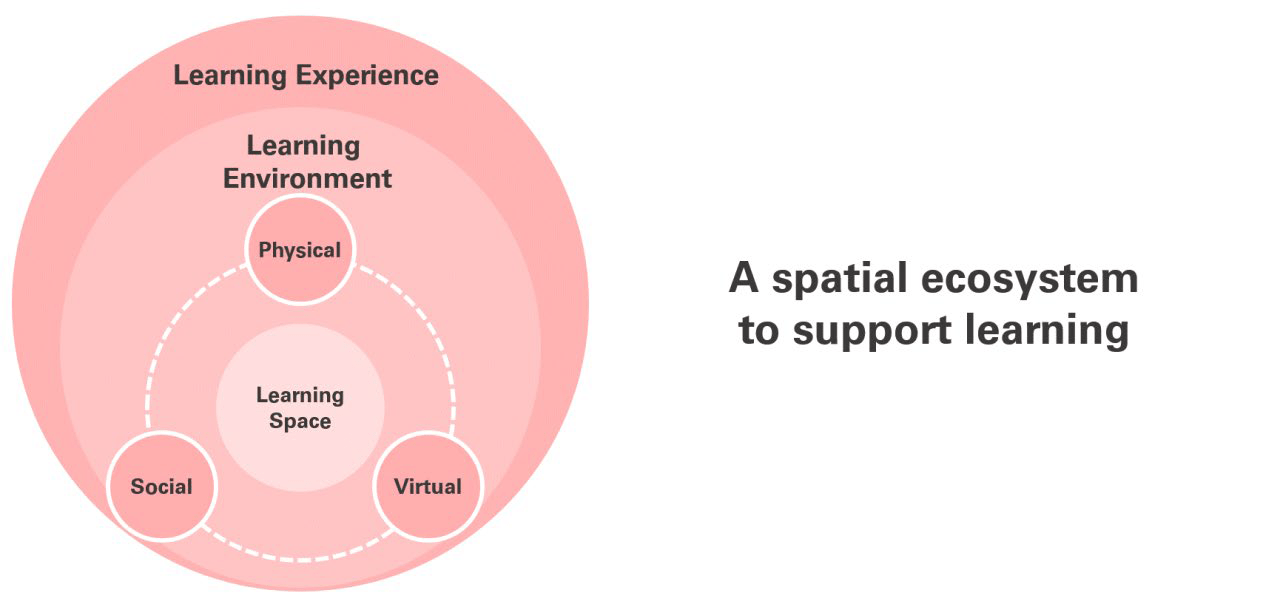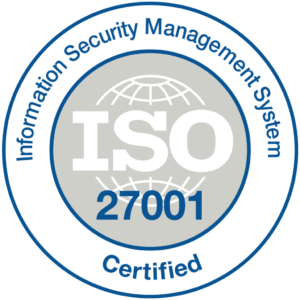
Design thinking methodologies support the determination of requirements across seamless learning environments
There have been many promises from technology in education: it has the capability to support personalised learning experiences through current and emerging capabilities like artificial intelligence, facial recognition, biometrics, and digital twinning. There are numerous exemplars of technology integration, where the integration has started with, centred around and been assessed against learning requirements. For a great overview of exemplar case studies of technology integration and innovative practice, I recommend reading Timeless Learning: How Imagination, Observation, and Zero-Based Thinking Change Schools.1
Yet, the promise of technology has not been realised:
“School systems need to find more effective ways to integrate | technology into teaching and learning to provide educators with learning environments that support 21st century pedagogies and provide children with the 21st century skills they need to succeed in tomorrow’s world,” [commented] Andreas Schleicher, OECD Director for Education and Skills. “Technology is the only way to dramatically expand access to knowledge. To deliver on the promises technology holds, countries need to invest more effectively and ensure that teachers are at the forefront of designing and implementing this change.” 2
There is no shortage of frameworks to support effective use of technology to transform the educational experience from design through to evaluation – these tools include the TPACK (Technological Pedagogical Content Knowledge) Framework, the RAT (Replacement, Amplification, and Transformation) model, the SAMR (Substitution, Augmentation, Modification, Redefinition) model, the TIM (Technology Integration Matrix) tool, the Triple E Framework, and the Rigor-Relevance framework, amongst others.
Perhaps the problem isn’t the technology, rather the focus and decision making process from design through evaluation not centring learning and teaching? Or perhaps it is the fact that these technologies are developed out of context, are merely added, they are utilised to simply replace a manual activity, or they restrict the ability for opportunities to be recognised?
We need to stop looking at technology in isolation from its context of the whole learning experience (the learning eco-system). The learning experience is defined through pedagogical approaches, activities and practice, supported by the learning environment – a balance of the activities and tools available across learning space, consisting of physical, virtual and social learning elements.
A learning space is more than the assets within it such as computers or chairs; rather a consideration of attributes and affordances of the elements and the learning space – physical, virtual, and social, aligned and created to support current and emerging pedagogical practice and create a seamless learning environment for students. Considering these elements in isolation will not be effective: they need to be considered in balance, continuously, retaining the focus on learning experiences.
The learning environment traverses all physical, virtual and social space, indoor and outdoor, within and outside the confines of the learning institution or building. This space may be owned by educational bodies, the community, or industry.
Effective learning activities should be planned balancing all learning space affordances, with a clearly defined understanding of what physical, virtual, and social requirements are needed, and how they interact to support the learning experiences as a whole.
“Learning space should support a range of agile learning activities that engage with the physical, virtual, and social elements of their learning environment.”
Implications
This learning ecosystem must be carefully considered across all stages from design, planning, transition / change management, construction / development, operational readiness, occupancy, post occupancy evaluation through to ongoing configuration and evaluation, to ensure pedagogical readiness and effective learning space, supporting effective and engaging learning experiences, empowering students and teachers.
To support this, students and teachers will need to:
- Be experts in spatial literacy, identifying space requirements, affordances, and opportunities, whilst assessing these attributes in their ability to meet learning needs;
- Determine requirements of the learning environments available to them.
- Be skilled in design thinking methodologies;
- Consider learning activities and learning opportunities that engage physical, virtual, and social requirements, rather than as isolated elements or only as face to face activities;
- Ensure the safety, security, and privacy of themselves and others in their learning community;
- Ensure equity;
- Rethink planning of and timetabling of learning activities; and
- Utilise and build on social and emotional intelligence and self-awareness to inform their learning space supporting their own learning and their community of learning.

Others in engaged in the design and construction of learning environments will need to:
- Embrace their role as part of a collaborative effort, engaged to create an effective learning environment that meets current and emerging learning needs;
- Provide opportunities for continual review of space design and configuration, and support for meeting and evolving standards and evaluation;
- Balance short and long term requirements with sustainability, including capital and operational expenditure; and
- Keep learning at the centre in decision making.
Learning and teaching should be at the start and centre of all decision making in learning space design and use.
Kathleen Donohoe
Director, School Learning Environments and Change at School Infrastructure NSW.
Kathleen is the Director and Founder of Leading Thinking International. She supports school and industry to reimagine learning experiences across physical, virtual, and social learning space, bringing national and international teaching, academic, research, and executive experience. She is an Honorary Research Fellow at the University of Melbourne, MGSE, with the ILETC Project. Kathleen has vast experience developing and implementing strategy for transformation, curriculum renewal, and physical virtual and social learning space, including as Director, Futures Learning at NSW Department of Education.
(Contributions : Emma Balfour)
References
1 Timeless Learning: How Imagination, Observation, and Zero-Based Thinking Change Schools, by Ira David Socol (Author), Pam Moran (Author), Chad Ratliff (Author).
2 https://web-archive.oecd.org/2015-09-16/371671-new-approach-needed-to-deliver-on-technologys-potential-in-schools.htm

 1300 313 368
1300 313 368 sales@eluminaelearning.com.au
sales@eluminaelearning.com.au 1 Margaret Street, Sydney, NSW
1 Margaret Street, Sydney, NSW
Recent Comments